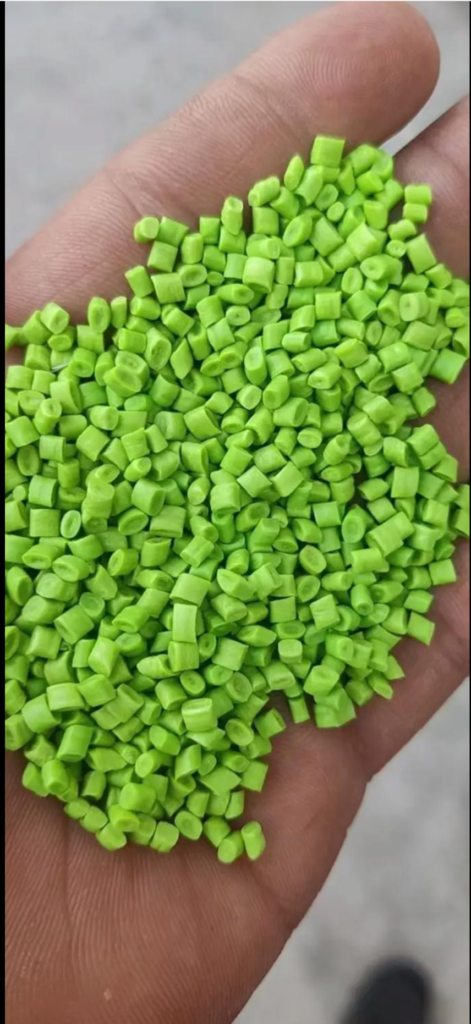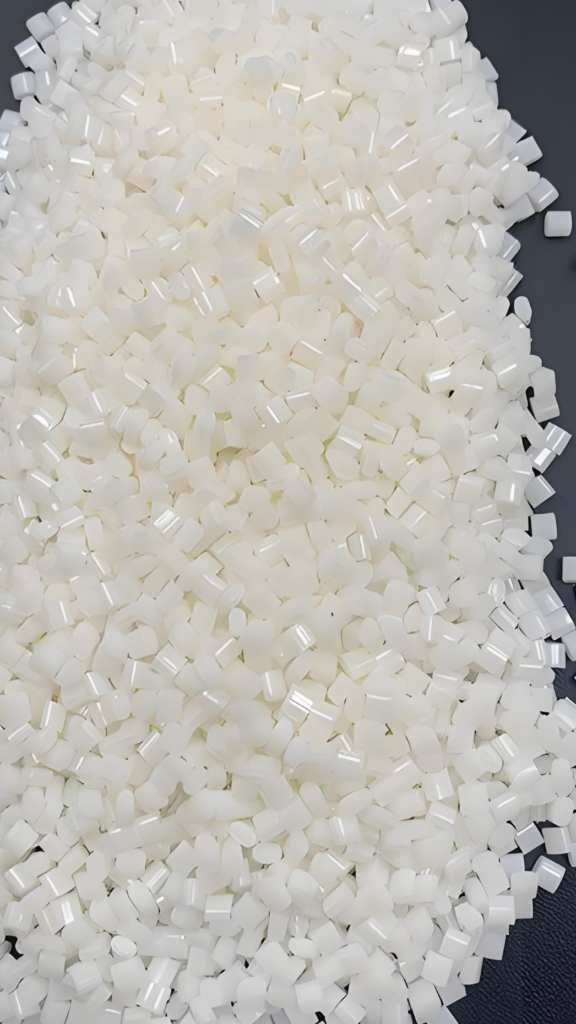As environmental protection laws in Europe and the United States continue to increase, the recycled plastic granule market has seen explosive growth. The EU has officially implemented a plastic tax, requiring 800 euros (about 6,300 yuan) per ton of non-recyclable plastic, and has mandated that the proportion of recycled materials in packaging materials reach 25% by 2025; the United States has also introduced a bill requiring plastic packaging materials to contain 25% recycled materials by 2025. These policies have directly stimulated the surge in global rPET (recycled polyester) demand, injecting strong momentum into the recycled plastic granule market1.
Market data overview: 10 billion track and compound growth

Overall scale and growth rate: In 2023, the global recycled PET market has reached US$11 billion, and is expected to climb to US$15 billion by 2028 at a compound annual growth rate of 6.5%1. The PP (polypropylene) recycled granule market also performed well, with a scale of approximately US$6.85 billion in 2023 and an estimated annual compound growth rate of approximately 6.62%6.
Demand structure differentiation: In the field of recycled PET, global demand is expected to reach 12 million tons in 20254. In the field of recycled PP, applications are diversified: the automotive industry (accounting for more than 30%), the packaging industry (more than 25%) and the construction industry (more than 20%) constitute the main demand6.
Distinct regional pattern: Asia-Pacific dominates the global recycled polyester market, followed by Western Europe and North America4. In the market for recycled PP granules and equipment (plastic granulator), Asia accounts for more than 40% of the market, and China performs particularly well – its plastic granulator market size has reached US$224 million in 2023 and is expected to increase to US$307 million in 2030106.
Technological breakthrough: driving recycling efficiency and material upgrades
Accelerating the commercialization of chemical recycling: Only five chemical recycling companies in the world (mainly located in Asia) have achieved breakthroughs4. South Korea’s SK chemicals is building a recycling innovation center (RIC) in Ulsan, focusing on depolymerization technology. It is planned to be put into production in 2026 and process 50 tons of difficult-to-recycle plastics (such as mixed fibers and films) annually9. Total Energy Cobien launched the world’s first commercial recycled polylactic acid (rPLA), producing 30% and 100% recycled rPLA through a hydrolysis process in a Thai plant, and obtained food contact certification5.
Intelligent and efficient equipment innovation: The plastic pellet machine market is evolving towards efficiency, intelligence, and environmental protection10. Leading companies such as CMG Granulators will demonstrate AI-driven performance monitoring technology to achieve real-time diagnosis and predictive maintenance, significantly reduce downtime and optimize energy consumption7. It is estimated that the global plastic pellet machine market will reach US$15.855 billion in 203010.
Innovative application scenario expansion: Nepal’s PLEASE project uses low-value/disposable plastics to make building panels, and has built an advanced factory for converting PET bottles to food-grade pellets in the Simara Special Economic Zone, demonstrating a new model of circular economy3.

Regional dynamics and challenges coexist
China’s recycled PP is under pressure: In the first half of 2025, China’s recycled PP prices will rise first and then fall, with the average price of mainstream products at 5,726 yuan/ton (year-on-year +4.01%). Weak demand, narrowing price gap between new and old materials, and tight supply of upstream raw materials have put pressure on corporate profits8.
Industry integration and standard improvement: With the advancement of the Global Plastics Convention and the implementation of the EU Packaging and Packaging Waste Regulation (PPWR), brand owners’ demand for sustainable certified materials (especially food grade) has surged54. Low recycling rate remains the core challenge – the current global polyester recycling rate is only 11%, and most plastics are still landfilled or incinerated4.
Plastic recycling has shifted from a “cost item” to a “high value area”, and the technological revolution is turning the once low-value waste into a high-quality resource.
Future Outlook: Investment Opportunities in the Circular Economy
The recycled plastic granule market has a very high growth certainty due to the combined effects of policy compliance pressure, brand ESG commitment, and technological innovation breakthroughs. Enterprises need to focus on:
High-value technology paths: such as chemical recycling (rPLA, r-BHET) and AI-enabled intelligent sorting/granulation systems;
Regional policy dividends: European and American “recycled content directives” and Asian equipment upgrade needs;
Cross-industry collaboration: FMCG, automotive, electronics and recycling companies jointly build a waste plastic supply chain (such as the SK chemicals model)9.
Summary of key points:
Policy forced switching: European and American “25% recycled materials” regulations will take effect in 2025, and plastic tax will force demand;
Billion-dollar growth track: rPET market will reach $15 billion in 2028 [CAGR 6.5%], and PP recycled granules will exceed $12.2 billion in 2032;
Key to technical breakthrough: commercialization of chemical recycling (rPLA/rPET), AI intelligent sorting equipment to reduce costs and improve efficiency;
Rise of Asian manufacturing: China and South Korea lead capacity expansion, and the market size of plastic granulators aims at $15.8 billion (2030);
China is under short-term pressure: demand for recycled PP is weak, but it will still benefit from the reconstruction of the global green supply chain in the long run.
Despite the challenges of inconsistent quality standards, “greenwashing” risks, and fluctuating logistics costs, the cross-border plastic granule market still has great potential under the wave of circular economy. Technological innovation, standard unification, and international cooperation will be the key to breakthrough. In the future, whoever can take the lead in establishing a reliable green supply chain system will be able to take the lead in promoting global plastic recycling.
